1. “You know the French Quarter was almost demolished, right?”
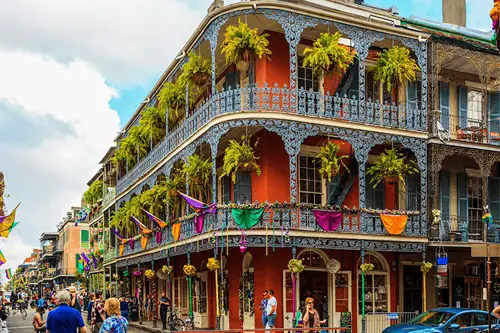
It sounds like the kind of tall tale you’d hear over beignets, but it’s true—by the 1920s, many thought the French Quarter was just a crumbling mess. Developers pushed to tear it down and replace it with more “modern” buildings. It took a group of preservationists, mostly women, to convince the city it was worth saving. Thank them next time you’re admiring a wrought-iron balcony on Royal Street.
The Historic Vieux Carré Commission was created in 1936 specifically to protect the neighborhood. It was one of the first historic preservation districts in the country. If they hadn’t stepped in, we’d have parking garages instead of pastel facades. And no one wants a daiquiri on the third floor of a Marriott.
2. “Huey Long might’ve rigged his own assassination.”
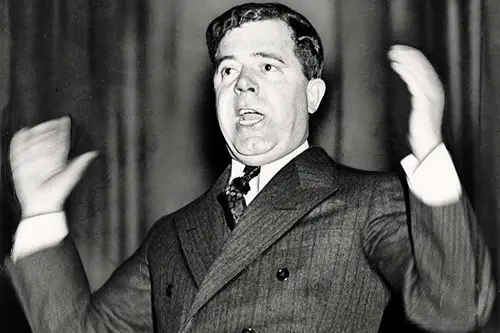
This one’s spicy, but let’s break it down. Huey P. Long, Louisiana’s populist firebrand governor and senator, was shot in 1935 in the State Capitol. The official story is that Dr. Carl Weiss shot him in retaliation for political persecution. But rumors have long swirled that Long’s own bodyguards may have accidentally shot him in the chaos.
An autopsy wasn’t performed, and some historians question whether Weiss even had a gun. Eyewitness accounts conflict wildly, and bullet trajectories don’t exactly add up. It sounds like gossip whispered in the halls of LSU, but serious scholars have poked holes in the official tale. Long may have written his own myth, even in death.
3. “New Orleans had a mafia war before The Godfather made it cool.”
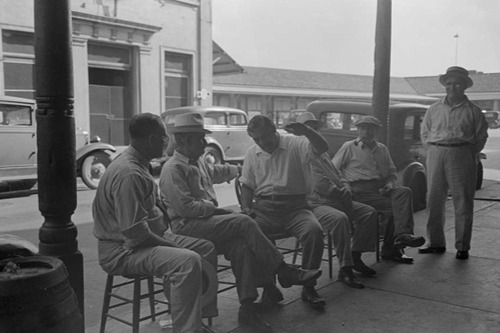
Long before Hollywood glamorized mob life, New Orleans had blood in the streets. In the late 19th century, rival Italian families battled for control of the port and fruit import business. It escalated to the 1890 lynching of 11 Italians after the murder of police chief David Hennessy. It’s still considered one of the largest mass lynchings in U.S. history.
Many of the men killed were acquitted or awaiting trial—facts didn’t matter much to the angry mob. Some say the mayor even looked the other way. If it happened today, it’d be a Netflix docuseries in two seconds flat. But instead, it’s tucked away in dusty archives and whispered across dinner tables.
4. “Zachary Taylor was basically living in Baton Rouge when he got elected president.”
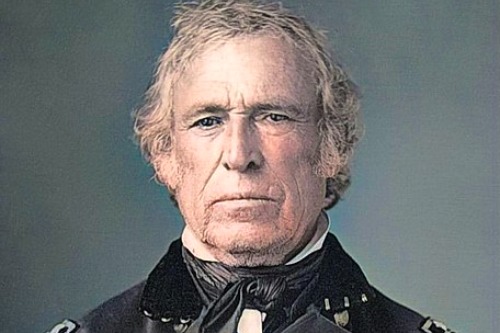
You might assume Zachary Taylor was just another D.C. guy, but he was deep in Louisiana life. Before becoming the 12th president, Taylor lived on a plantation called “Fashion” just outside Baton Rouge. He even got the nomination while living there. His campaign basically ran from a front porch near the Mississippi.
His house was torn down in the 1960s, but a plaque still marks the spot. Taylor wasn’t much of a politician—he was a war hero turned reluctant leader. But that little stretch of land along River Road saw him rise to the nation’s highest office. Louisiana has a funny way of launching people into history from behind magnolia trees.
5. “There was a plan to make New Orleans the capital of the Confederacy.”
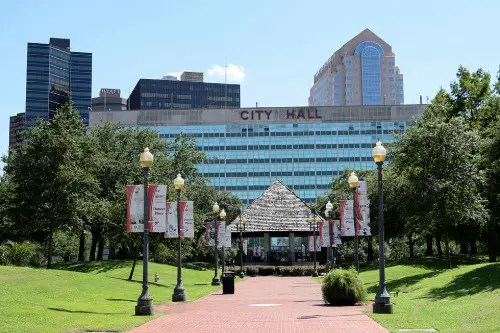
This one’s a historical “what if” that sounds too wild to be real. Early in the Civil War, there was a real push to make New Orleans the Confederate capital because of its strategic location and wealth. Richmond won out, but it was a close call. Jefferson Davis had even lived in the city before the war.
Had the Union not captured New Orleans in 1862, things might’ve turned out very differently. It was the largest city in the South at the time and a critical shipping hub. The fall of New Orleans was a major blow to the Confederacy—and a win for jazz, eventually. Just imagine generals plotting war strategy over gumbo.
6. “Marie Laveau probably wasn’t as spooky as you think.”
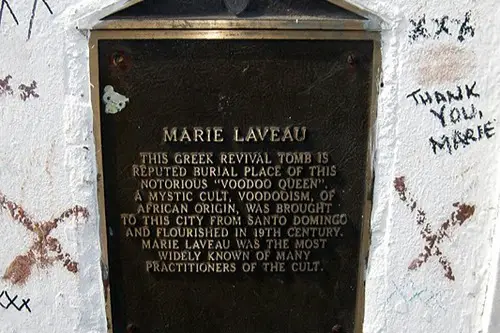
People love to talk about Marie Laveau like she floated down Bourbon Street in a cloud of smoke. But the real Laveau was more of a community organizer than a dark sorceress. She was a devout Catholic, a nurse during yellow fever outbreaks, and a humanitarian. Sure, she practiced Voodoo, but it was often blended with Catholic rituals.
Her reputation grew thanks to mystery, racism, and centuries of dramatic storytelling. Tour guides play up the supernatural, but her real power came from charisma and compassion. She knew everybody—from politicians to the poorest folks in town. Gossip made her a legend, but her legacy was very real.
7. “The Louisiana Purchase almost didn’t happen.”
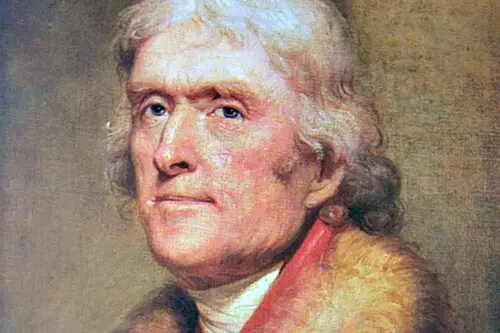
You’d think America snapping up a third of the continent was a slam dunk, but it wasn’t. When Jefferson sent envoys to Paris, they were only authorized to buy New Orleans. Napoleon shocked them by offering the entire Louisiana Territory for cheap. France was broke and distracted by Haiti’s revolution and wars in Europe.
The American delegation almost thought it was a trap. They signed the deal in secret before anyone could change their mind. Even then, Congress had to be convinced it was legal. So yeah, the U.S. got Louisiana on a technicality and a hunch.
8. “There was once a pirate base near New Orleans.”
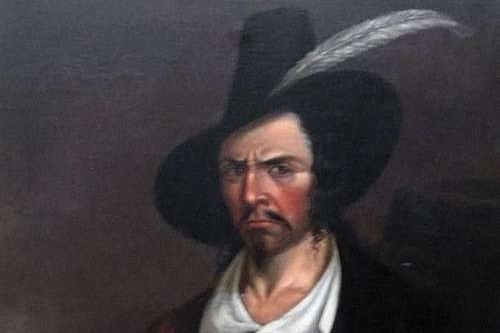
And not just any pirates—Jean Lafitte and his Baratarians basically ran their own little rogue nation in the early 1800s. They smuggled goods through Barataria Bay and paid off officials to look the other way. The U.S. government tried to shut them down, but then the War of 1812 happened. Andrew Jackson needed help defending New Orleans, and guess who showed up?
Lafitte’s men fought like hell and helped win the battle. Afterward, Jackson pardoned them all. So yes, Louisiana owes a key military victory to a bunch of swashbuckling criminals. You can still visit the area today—it’s part of Jean Lafitte National Historical Park.
9. “There used to be a fake kingdom in Louisiana.”
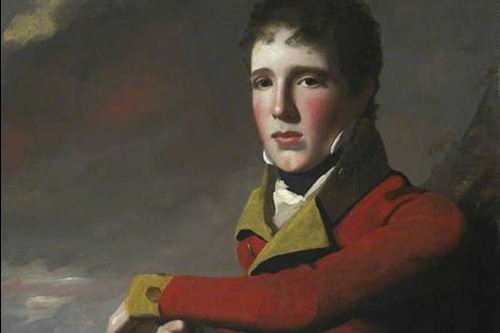
In the 1800s, a con man named Gregor MacGregor declared himself “Prince of the Poyais” and tried to sell fake land in what’s now Honduras. But before that, someone tried a similar stunt in Louisiana. The “Free State of Sabine” was an ungoverned no-man’s-land between Spanish Texas and the U.S. from 1806–1821. It was lawless, full of squatters, and often referred to as “neutral ground.”
Some folks claimed to be rulers of their own little territories. It was a haven for outlaws, runaway slaves, and opportunists. For years, it wasn’t under U.S. or Spanish jurisdiction. You can imagine the tall tales that came out of a place with no rules and plenty of ambition.
10. “Shreveport was the last Confederate capital.”
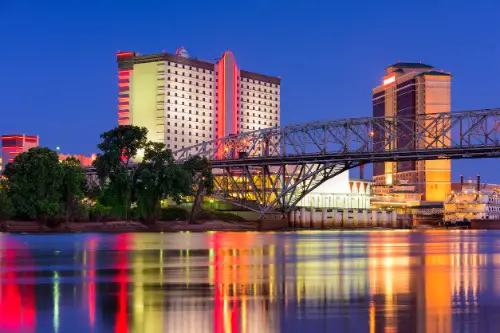
Most people think Richmond was the end of the line, but not quite. After Richmond fell, Confederate leaders fled westward and regrouped in Shreveport, Louisiana. It served as the final stronghold of the Confederate government for the Trans-Mississippi Department. They kept fighting for weeks after Lee surrendered.
The last Confederate general to surrender was Stand Watie, a Cherokee leader, and he didn’t lay down arms until June 1865. So technically, the Confederacy limped along in Louisiana long after Appomattox. Shreveport has this footnote in history most people never hear. It sounds like something your grandpa would claim—but it’s true.
11. “Jazz was considered criminal in New Orleans.”
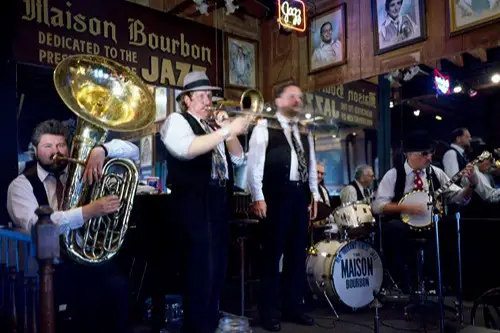
We think of jazz as a cultural treasure now, but back in the early 1900s, it wasn’t so welcome. Police cracked down on musicians, especially Black ones, playing in Storyville. They associated jazz with vice, crime, and immorality. The city even passed laws banning unlicensed music performances.
Some musicians got arrested just for playing cornet on the street. Storyville itself was shut down by the Navy in 1917 for being too “unsavory.” That helped spread jazz beyond New Orleans, ironically. So next time someone tells you music changed the world, remember it also got folks thrown in jail.
12. “There was a guy who fought the levee system with dynamite.”
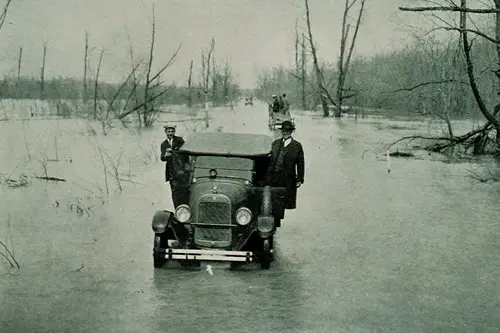
After the Great Mississippi Flood of 1927, a man named James P. “Cap” Callahan tried to destroy levees to let the river flood naturally. He believed the Army Corps of Engineers’ system was making things worse. He led protests and was even caught planting explosives. Some locals called him a folk hero; others thought he was a menace.
He was arrested more than once, but he never stopped speaking out. His ideas eventually influenced modern floodplain management. The irony? He might’ve been right about controlled flooding reducing long-term damage. Just don’t try to argue that with the National Guard.
13. “There are still people who speak Louisiana Creole.”
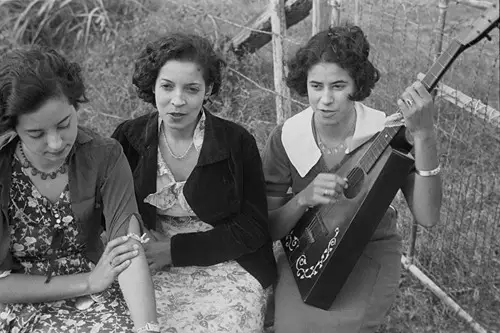
It’s not just Cajun French you’ll hear in Louisiana—there’s also Louisiana Creole, a blend of French, African, and Caribbean languages. It was once widely spoken among Creole communities, especially in rural areas. Over the decades, it faded due to assimilation, stigma, and lack of formal education. But it never fully disappeared.
Today, some families are reviving it, teaching it at home and documenting it online. It’s not just a dialect—it’s a link to generations of resilience and culture. Hearing someone speak Creole fluently might sound like a ghost from the past. But it’s alive and quietly holding on.
14. “There’s a town that still hasn’t recovered from Prohibition.”
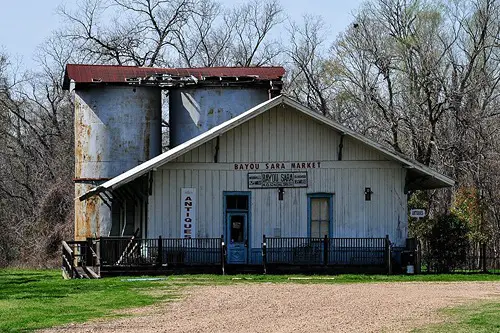
Before Prohibition, Bayou Sara was one of the busiest ports on the Mississippi. But when alcohol was outlawed, the river traffic dried up and the town’s economy collapsed. A series of floods and erosion finished the job. Today, Bayou Sara is almost entirely gone—its remnants sit under mud near St. Francisville.
Locals still talk about it like it just faded into the mist. You’d think it was a made-up ghost town from a southern gothic novel. But it’s real, and pieces of it occasionally reappear when the water gets low. History doesn’t always vanish with a bang—sometimes it just evaporates.
This post 14 Things You’ll Hear in Louisiana That Sound Like Gossip But Are Technically History was first published on American Charm.


